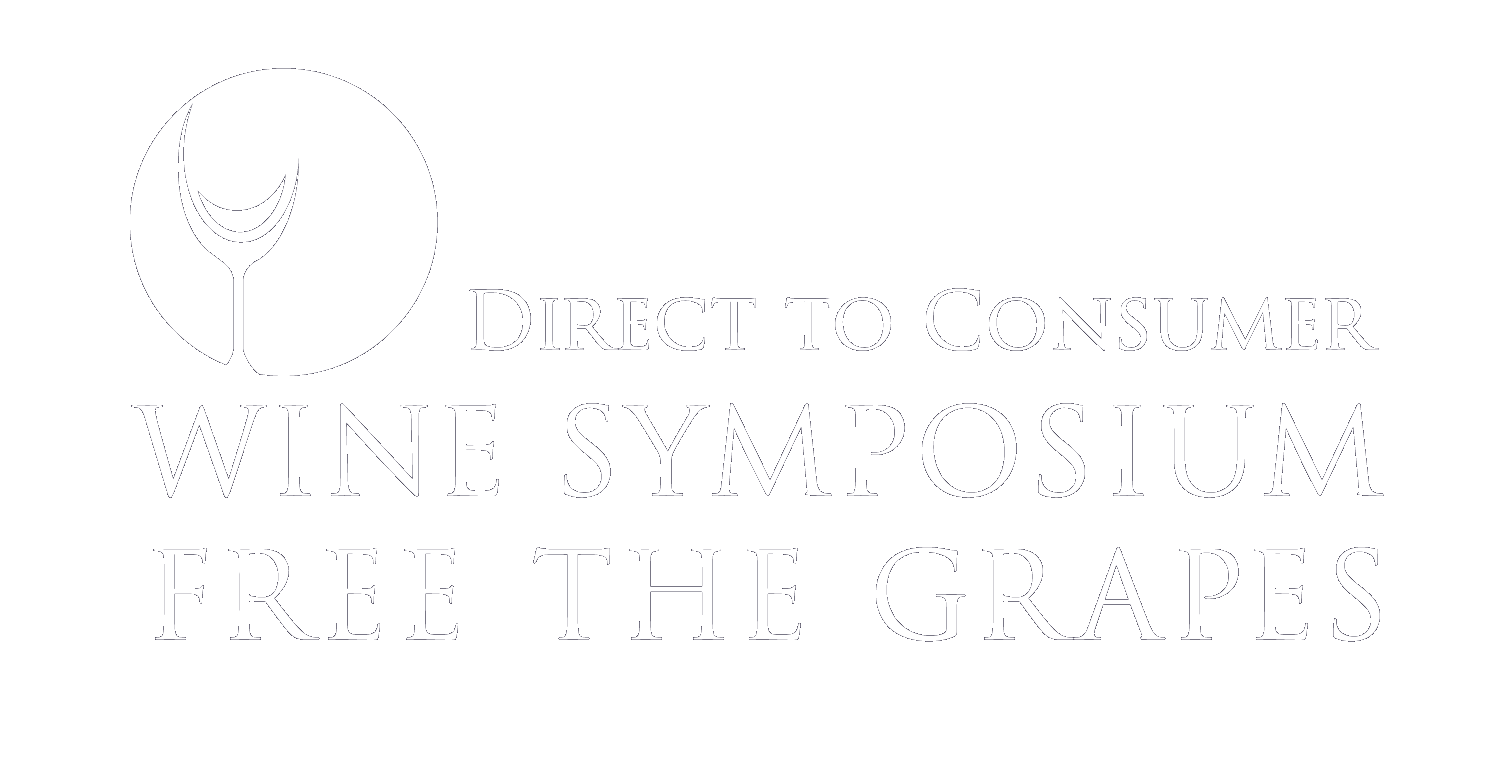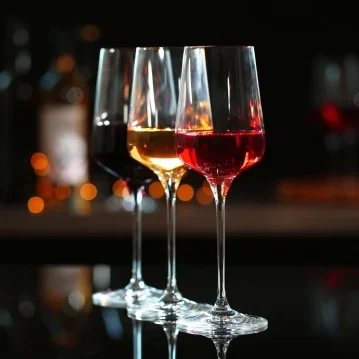Meredith Hayes | Wine Marketing consultant
How do you create a human connection with this large, untapped audience?
You meet them where they are.
Brands like Silver Oak and Chateau Montelena have long hosted wine dinners at partner restaurants.
Cult cab producers have had success presenting tastings in their customer’s homes.
At Gloria Ferrer, I created a member experience that mirrored the tasting room in neutral locations such as a Women’s Club and Botanical Garden.
The possibilities are endless, but success depends on a few key factors:
🔹 Know your customer. This may seem like an obvious statement, but it’s important to keep in mind when deciding the type of event. Are you a luxury brand whose audience expects a multi-course dinner at a fine dining spot? Or a quirky brand better suited for a casual tasting at an art gallery or aquarium?
🔹 Use data to find customer density. Data is invaluable in identifying markets with the highest concentration of customers, which can be especially important depending on your event capacity. It can also help identify those who may be losing interest in your brand or your best customers.
🔹 Understand state compliance. As anyone in the wine business knows, state compliance laws are as different as each state. Some are easy to work with (thank you Illinois) or difficult (hello Texas). This will impact how you get the wines into the state and if there are other licenses or legal considerations you will need.
🔹 Budget with intent. What’s the goal—re-engagement, acquisition, account relationship building? That will determine where the costs land (DTC vs. wholesale) and how ROI is measured.
When I managed an “on the road” program, the goal was to re-engage members outside of California. As such, the budget was built within the DTC business. Ticket sales covered event costs, and wine sales covered T&E, labor, and wine. And each event was profitable.
No matter your model, DTC-only or DTC and wholesale, taking the brand experience toyour customers should be part of your growth and retention strategy.
It’s not just about the tasting room anymore. It’s about creating a real human connection—wherever your customers are.


